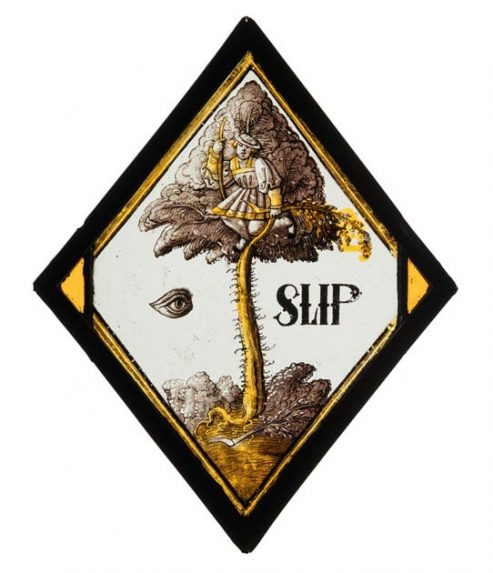The Burrell Collection, Glasgow
Address
The Burrell Collection, Pollok Country Park, 2060 Pollokshaws Road, Glasgow G43 1ATTheme
Overview
The Burrell Collection is a place to get up-close and personal with stained glass and see it at close quarters in a way that is often not possible in other buildings. The focus is on late medieval and early Renaissance Europe but the collection also contains important examples of Chinese and Islamic art, artefacts from ancient civilisations and collections of fine art.
Glasgow Museums, of which the Burrell is part, has a collection of over 700 items of European stained and painted glass which date broadly from 1150 to 2000 and originate from England, Germany, Flanders, the Netherlands, France and Switzerland. There are over 600 panels of stained glass in the Burrell Collection itself, ranging from complete windows down to small roundels. The collection is particularly strong in Northern European glass of the 15th and early 16th centuries- a period that saw the use of glass increase in secular and wealthier domestic arenas away from the exclusive use of the church.
The museum closed in 2016 for a major refurbishment and re-opened with free entry on 29 March 2022.
Further Reading: Glasgow Life – Museums
Highlight
Rebus of Abbot Islip of WestminsterArtist, maker and date
English, c.1500-30Reason for highlighting
This small panel, probably from Westminster Abbey, depicts a visual pun (a ‘rebus’) on the name of John Islip, Abbot of Westminster in the early 16th century, the time when the panel was made. An eye and the word ‘slip’ flanking the tree trunk are the obvious reference to Islip’s name. However, the young man also seems to be ‘slipping’ down the trunk, holding a slim branch of the type used for plant grafting, known by gardeners as a ‘slip’. This kind of punning reference to persons’ names was very much enjoyed during this period.
It is a silly and humorous note amongst so much other glass with ‘gravitas’. It has also always stuck me as an early pre-curser of Arcimboldo’s portraits which used fruit or fish to construct human likenesses – but here a strangely curved tree serves as a nose, a branch as an eyebrow and a discarded scythe as a wryly smiling mouth – but perhaps it is just me! Either way, it is a lovely introduction to this glorious collection.
More details at Glasgow Museums – Rebus of John Islip


Comments by
Rachel Phillips